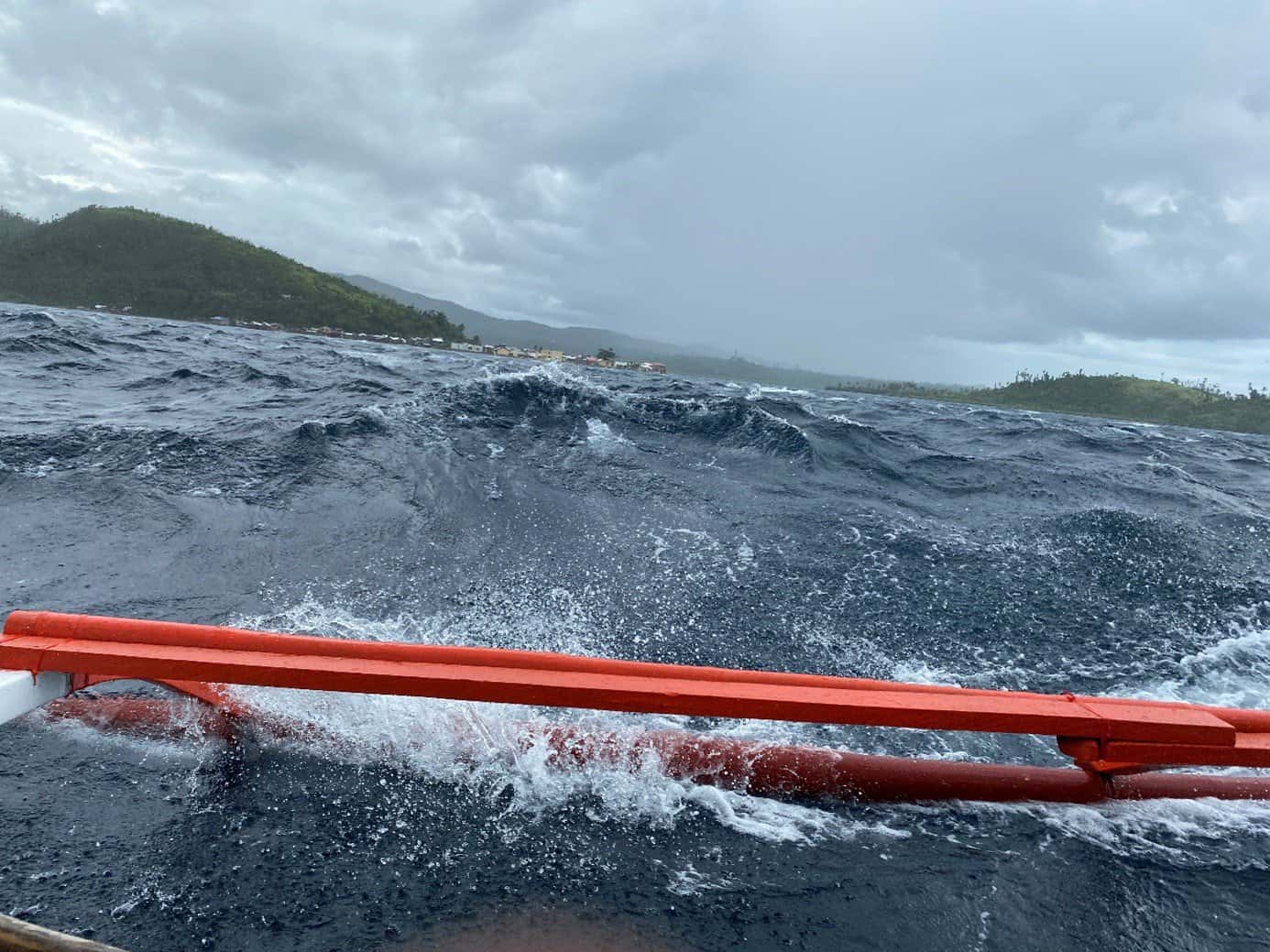Riding the tides – Results of Preparatory Mission for “Philippines – Tidal Stream” project

Most of the 2,000 inhabited islands of the Philippines are not connected to the national electric grids and they often rely on inefficient and polluting diesel generators as their only source of electricity supply. As a result, the Government of the Philippines has applied for grant funding from the NAMA Facility to enhance the potential of Tidal Stream Energy (TSE) hybrid systems via the NAMA Support Project (NSP) “Decarbonisation of Electricity Generation on Philippine Islands” or “Philippines – Tidal Stream” for short.
The NSP, an incentive programme that lowers risks for private sector investments in hybrid TSE projects, has entered the second phase of the Detailed Preparation Phase (DPP). The National Steering Committee consists of the Department of Energy (DoE) and the Climate Change Commission of the Philippines (CCC). The NAMA Support Organisation (NSO) is formed by the Frankfurt School of Finance and Management (FS) and the Institute for Sustainability Friedrichsdorf (IZN), both from Germany, supported by the technical partner OceanPixel from the Philippines/Singapore.
During the first phase of the DPP, the Covid-19 restrictions pushed the NSP to break new ground and accelerated the development of digital solutions. As a result, the team implemented a flexible approach, including less international travel, while making a greater effort to build local capabilities and expertise. Physical meetings and in-person engagement of the NSO with national and local stakeholders and partners had to be postponed. However, the team could maintain close relationships with the government, financial institutions, project developers and other stakeholders through periodical virtual meetings. The project team had already held in-person meetings and built close relationships with stakeholders in Manila, Philippines, in 2019, before the first cases of Covid-19 appeared, which eventually facilitated smoother communication during the pandemic.
As part of the second phase of DPP, as Covid-19 restrictions normalised, the NSO team travelled to the Philippines to meet government officials, investors, electric cooperatives, and development banks, among others. The purpose of the visit was to further strengthen the local stakeholder engagement, intensify the already established working relationship and trust between local, national and international stakeholders and the NSO, prepare an enhanced pipeline of private sector investment projects, and develop the final design of the NSP together with the National Steering Committee in line with agreed upon the second phase of DPP milestones.
The main impression from all stakeholders was that the NSP is seen as a catalyser for developing ocean energy activities in the country. As Director Capongcol stated, “The Department has been continually exploring different avenues to support the government’s drive towards the transition to clean and sustainable energy supply. The NSP’s assistance may just be the thrust that we need in order to galvanize the development of the Philippines’ ocean energy sector which has long been impeded.”
“We wanted this project for four years and now we are eager to see the turbines in the water”, affirmed Andresito Ulgado, Division Chief Hydropower & Ocean Energy Management Division. For DoE, the NSP will kickstart the ocean energy activities outlined in the Philippines National Renewable Energy Programme of 2008. So far, research activities have been done and some permits were secured by investors, but the NSP shall now enable the first investments. The site visit to Dinagat Island and the passage through the Rasa channel, one of the three “first-mover-projects” allowed a “reality-check” for the team.

Conversations were held with the mayors of San José, Surigao and Caglianao as well as with the provincial governors of Dinagat and Surigao Provinces. All local government units have incorporated the increasing use of renewable energy in their development plans. On Dinagat, the Municipality of San José has dedicated 10 ha of land for PV electricity generation, which was offered for the use of the Rasa Project.


The NAMA Support Project team had a meeting with the Fishermen’s and Farmers’ Association of Caglianao, who confirmed that there will be no conflict of use of land or sea with the planned Rasa Project. The group discussed the main livelihood indicators on the island and how renewable energy could affect or contribute to them. Fishing is usually possible for six months when the sea is calm. The group have therefore started with aquaculture, and usually do small subsistence agriculture and livestock raising, tricycle driving (personal transport) and maintain little shops and services. The main cash income, nevertheless, comes from fish and seafood. For the Cooperative, a stable energy supply is important, as they wish to rebuild their drying and cooling facilities for marketing their fish and seafood. These have been destroyed by the typhoon in January 2022.
The mission served as an important reality check and helped the NAMA Support Project delegation to complete the information needed for proposal submission by end of September 2022. Moreover, it was extremely helpful to bring the team together and build trustful relationships with the main stakeholders.
The NAMA Facility is a joint initiative of the German Federal Ministry for Economic Affairs and Climate Action (BMWK), UK’s Department for Business, Energy and Industrial Strategy (BEIS), the Danish Ministry of Climate, Energy and Utilities (KEFM), the Danish Ministry of Foreign Affairs (MFA), the European Union and the Children’s Investment Fund Foundation (CIFF).
